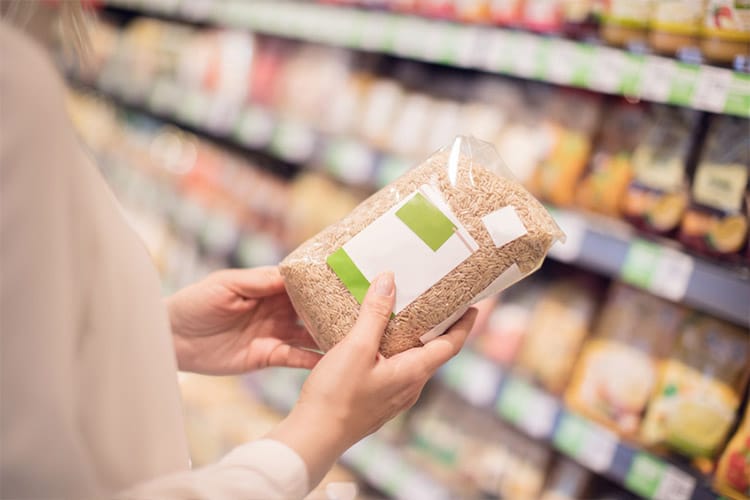Packaging plays a vital role in preserving and presenting products to consumers. The choice of packaging can significantly impact a product’s marketability, protection, and overall appeal. While the most popular type of packaging may vary depending on factors such as industry, product type, and consumer preferences, there are several packaging options that have gained widespread popularity across various sectors. In this article, we will explore some of the most popular types of packaging and their key features.

Flexible Packaging
Flexible packaging has emerged as a dominant force in the packaging industry. It encompasses materials like plastic films, pouches, and bags that offer versatility, convenience, and visual appeal. Flexible packaging is lightweight, easily customizable, and offers excellent product protection from moisture, air, and contamination. Its popularity stems from its ability to cater to a wide range of products, including snacks, beverages, personal care items, and pet food.
Rigid Packaging
Rigid packaging includes materials such as glass, metal, and rigid plastics, providing durability and strength to packaged goods. Rigid packaging is favored for its premium look and feels, making it ideal for cosmetics, pharmaceuticals, food products, and household items. Its rigid structure ensures product integrity and enhances brand perception on store shelves.
Paperboard Packaging
Paperboard packaging is a versatile option widely used for cartons, boxes, and folding cartons. It is created from thick paper-based materials and offers a balance between strength and printability. Paperboard packaging is commonly employed for food products, healthcare items, and various consumer goods. Its eco-friendly nature and recyclability contribute to its popularity as a sustainable packaging solution.
Corrugated Packaging
Corrugated packaging, often referred to as cardboard, is made from multiple layers of fluted paperboard. Its unique structure provides excellent strength and cushioning properties, making it ideal for shipping boxes, retail displays, and e-commerce packaging. Corrugated packaging offers protection during transportation, ease of customization, and recyclability, making it a popular choice for businesses and consumers alike.
Bottles and Cans
Bottles and cans made of glass, plastic, or metal remain highly popular for packaging various beverages such as water, soda, beer, and other liquid products. These containers offer durability, product integrity, and convenience for consumers. They also serve as effective branding tools, allowing companies to showcase their products and attract consumer attention.
Blister Packaging
Blister packaging utilizes clear plastic cavities or bubbles to securely hold and display individual products. It is commonly used in the pharmaceutical, electronics, and consumer goods industries. Blister packaging offers product visibility, tamper resistance, and protection from external factors. Its popularity can be attributed to its ability to highlight the product’s features while ensuring hygiene and integrity.
Sustainable Packaging
Sustainable packaging has gained significant traction in recent years, driven by increasing environmental concerns. This type of packaging focuses on minimizing waste, utilizing recyclable or biodegradable materials, and reducing the environmental impact. Sustainable packaging options include compostable materials, recycled content packaging, and innovative designs aimed at optimizing resources and reducing carbon footprint.
Conclusion
While the most popular type of packaging can vary based on industry, product type, and consumer preferences, certain packaging options have gained widespread recognition and acceptance. Flexible packaging, rigid packaging, paperboard packaging, corrugated packaging, bottles and cans, blister packaging, and sustainable packaging are among the most popular choices. Each type offers unique features, advantages, and suitability for specific products and industries. As consumer demands and environmental concerns evolve, packaging trends will continue to adapt, driving innovation and shaping the future of packaging solutions.
